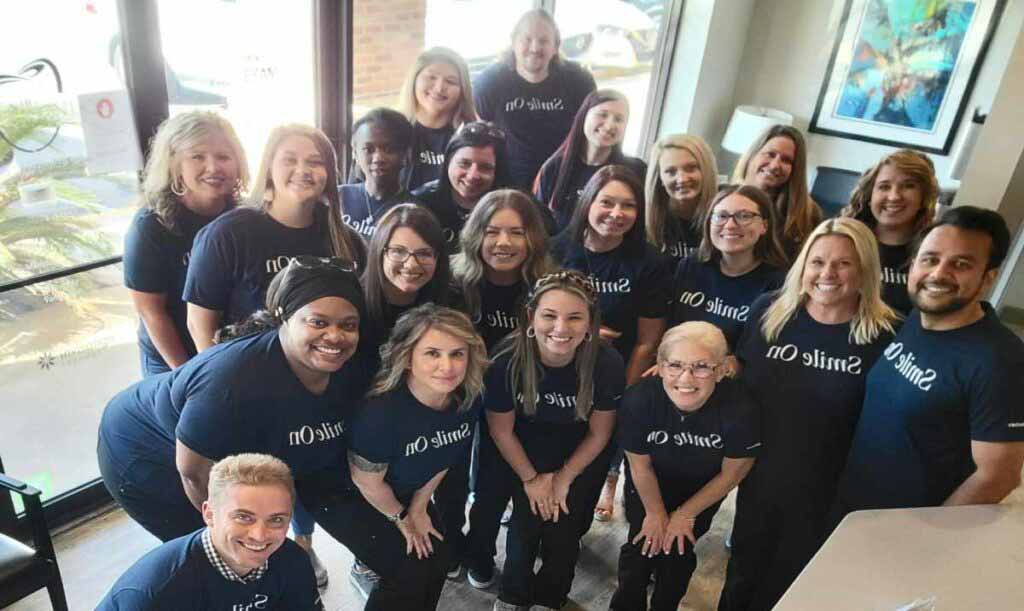Getting orthodontic treatment will improve your smile and the overall health of your teeth. While you’ll notice most of the difference when you smile and see your straight front teeth, orthodontic treatment is beneficial for all teeth in your mouth. Before you start orthodontic treatment, it helps to know more about the various types of teeth and how braces will affect them.
Incisors Are in the Front of Your Smile
The front teeth that are most visible when you smile are known as incisors. Most people have eight incisors: four on the upper jaw and four on the lower jaw. They are characterized by a relatively flat, thin shape with edges adapted for biting into food. In addition to being the most important teeth for biting into meals, they are also the first teeth you show off when you smile. If your biting edges of the upper front teeth bite directly onto the biting edges of the lower front teeth, it is called an edge-to-edge bite. It is problematic because it prevents normal incisor guidance during chewing.
It’s very common for people to experience crowding in their incisors, where a lack of room causes misalignment. Some people may also have gaps that can lead to oral health issues. Braces and the different types of Invisalign can move these teeth for optimal spacing and straightness, which leads to better health and an improved smile.
Canines Aren’t Just Four-Legged Friends
Humans have four canines, two in the upper jaw and two in the lower jaw. Their shape is similar to predators’ teeth due to the sharp edges and relative prominence. These teeth do exactly what they look like they should: They tear into food to make eating easier.
Since they stick out more, canines often guide the positions of surrounding teeth. Crowding can also cause these teeth to become crooked and braces can guide them to their proper place.
Premolars, the in-Between Teeth
As the name suggests, these four teeth sit near the molars and share similar characteristics. They aren’t quite as flat as the rest of the molars and have two slightly prominent pointed edges similar to canines. Ideally, they should bite down neatly into each other, but crowding can create misalignment and uneven pressure, leading to the teeth wearing down over time. Orthodontic treatment will straighten these teeth so that they bite down properly for better comfort, function, and long-term health.
Molars and Wisdom Teeth
Adults typically have 12 molars, which are the rear teeth that take up most of the space in your jaw. These are characterized by a flatter and wider shape with slightly rough edges to optimize mastication. Because they are located so far back in the mouth, properly brushing and flossing them can be a challenge, and if they are crooked, cleaning is even more difficult.
Crowding can also cause molars to come in unevenly, leaving some higher than others and creating a disproportionate amount of pressure on only a few teeth. Orthodontic treatment can fix this problem by minimizing crowding and guiding each tooth to line up neatly for a clean bite.
Wisdom teeth are the last teeth to erupt behind the rest of the molars. Many people will need to have these teeth removed or are concerned they may interfere with their orthodontic treatment.
To learn more about how we can help fix your smile, schedule your free consultation with Charleston Orthodontic Specialists today!



